Save the Boundary Waters/Northeastern Minnesotans for Wilderness is a locally-based, national wilderness and public lands advocacy group. Our flagship program is our national campaign that includes more than 400 partners like businesses, conservation, hunting and angling organizations, camps and access programs, scientists and more working together to protect the Wilderness from copper mining.
We advocate for the Boundary Waters on behalf of supporters around the world by implementing a multi-pronged approach that includes a strong coalition of allies, advocacy at all levels of government, broad public outreach and engagement, attention to access and diversity, and expert science and legal work.
What is the Boundary Waters?
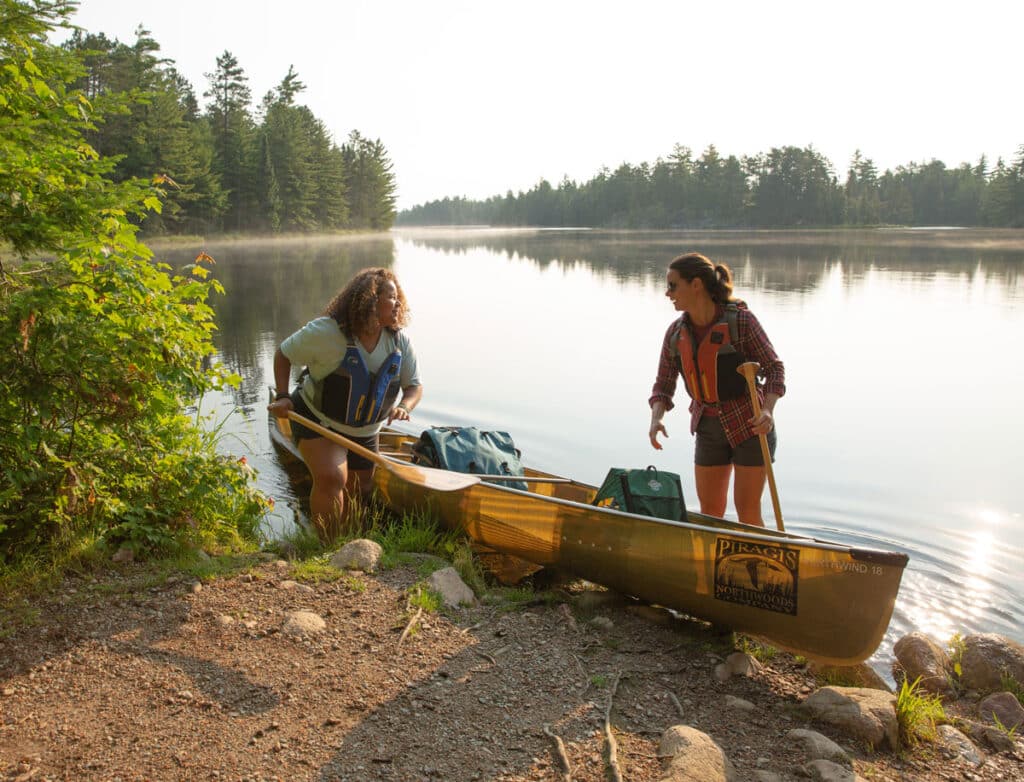
A rare treasure: a million acres of pristine lakes and forests, unmarred by roads, development, and most motorized use, yet uniquely accessible to people of all backgrounds and abilities – making it the most visited Wilderness in the entire U.S. This region is a wild-land refuge critical for climate resiliency.
The Boundary Waters, which lies within the 1854 Treaty Area and on ancestral Anishinaabe lands and within the Superior National Forest in Minnesota, is 1.1 million acres of woods, lakes, streams, and wetlands in the heart of a multi-million acre forest ecosystem in the United States and Canada. The Boundary Waters is the largest Wilderness Area east of the Rockies and north of the Everglades.
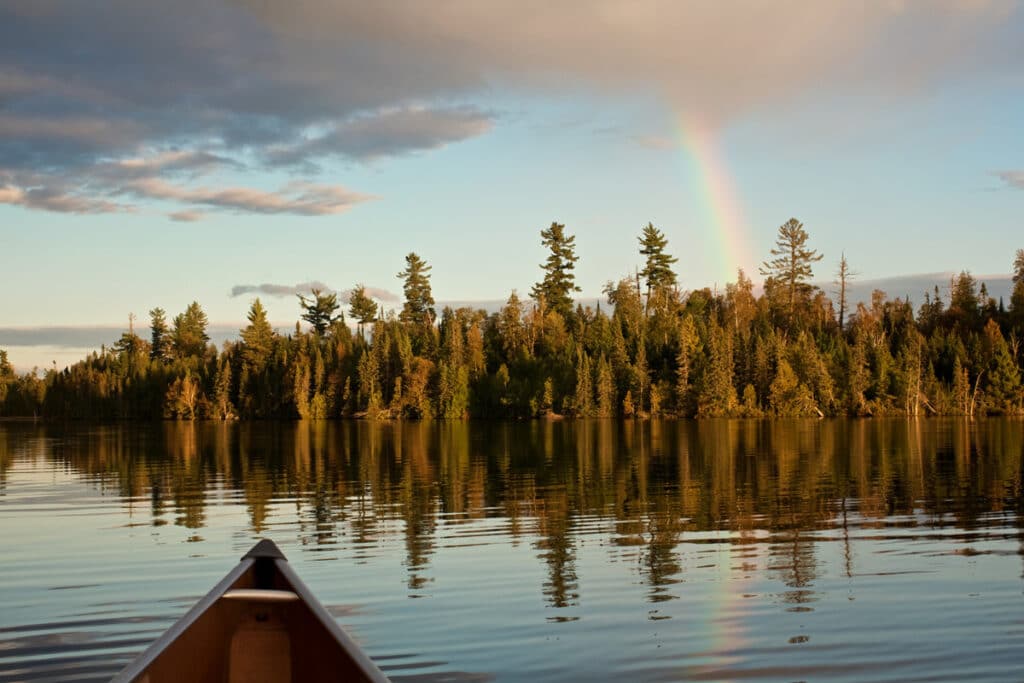
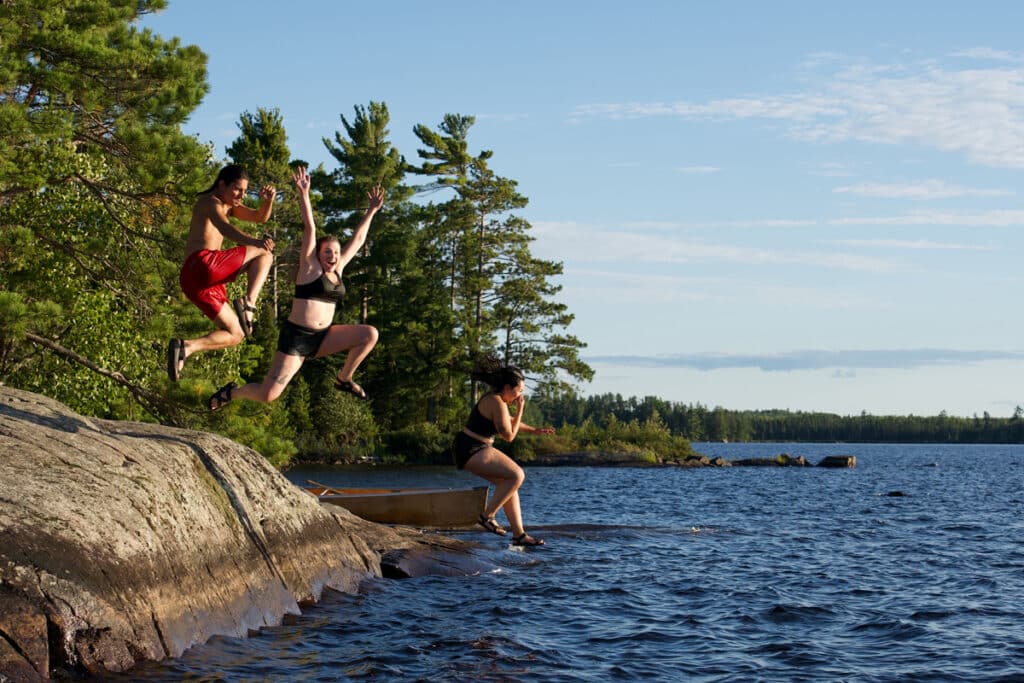
Because of the nature of the landscape and the prevalence of canoe travel, the Boundary Waters is family-friendly and accessible. Every year, around 165,000 people from all over the world go into the Wilderness to camp, paddle, fish, hike, hunt, snowshoe, ski, and enjoy its pristine beauty. The Boundary Waters also supports a thriving local economy, which is based primarily on Wilderness travel, Wilderness-edge lodges and resorts, and communities supported by this outdoor amenity-based area.
The chief threat to the Boundary Waters ecosystem and the communities that depend on it is proposed copper-nickel mining along waterways that flow into and through the heart of the wilderness.
Protecting the Boundary Waters Wilderness forever,
for everyone.
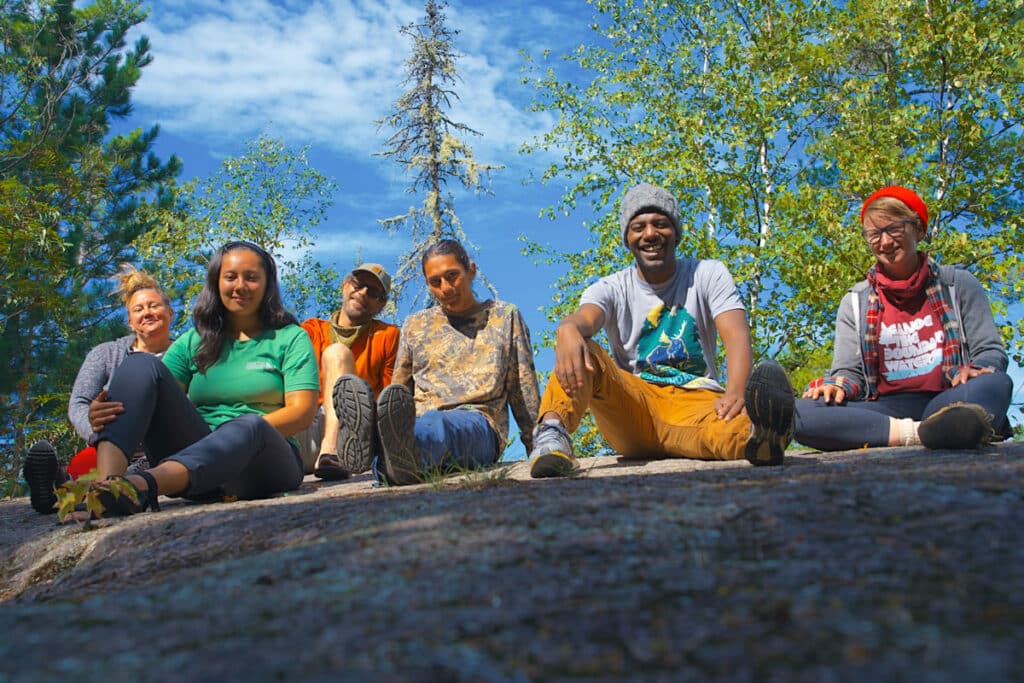
Critical to our efforts to protect the Boundary Waters is knowing it is for everyone. This wild landscape is not “untouched” but in fact has been stewarded for thousands of years by people, including the Anishinaabe (also known as Ojibwe or Chippewa in this region), who have lived here since time immemorial under these dark skies, paddling its waters, and exploring its forests.
The only future for conservation of the Boundary Waters is one where everyone is welcome in the movement. Engaging people across differences means a greater and stronger conservation movement of people working to protect and enjoy this place forever.
We know there are many people who still too often are excluded from or face barriers to outdoor recreation and advocacy. We are committed to ensuring protection, and adventure, for the long-term.
Our organization’s formal approach to Diversity, Equity, Inclusion and Justice began in earnest in 2018 with the formation of our Workgroup, tasked with understanding and working to address these systemic issues that exist in our world, sector, work, and organization.
Diversity, Equity, Justice and Inclusion Statement,
adopted in 2019
Wilderness and the pursuit of its protection should be made to be welcoming and accessible to all. Protecting Wilderness relies upon public engagement which cannot be expected when people are disenfranchised, unwelcome, hurt or tokenized due to their sexuality, race, age, ability, size, gender identity, gender expression, culture, religion, political affiliation, or anything else. The pursuit of permanent protection for the Boundary Waters from sulfide-ore copper mining and other threats is no different. Northeastern Minnesotans for Wilderness and Save the Boundary Waters is committed to diversity, equity, and inclusion in all aspects of the organization as it works to protect this special place for everyone and for generations to come.

Through a series of discussions, the workgroup developed a commitment statement and 14 goals categorized within four buckets:
- Storytelling
- Workplace Culture
- Organizational Processes
- Outreach & Partnerships
Within these, strategies include things like how we recruit & hire, where we hold events, what businesses/vendors/contractors we work with, what stories and images get told and elevated, how our website and other materials can be used by people with hearing or visual disability or translated, and how we support and work with partner organizations that guide a wide diversity of people into the Boundary Waters. Ultimately, we have a responsibility to make sure that everyone can not only visit the Boundary Waters Wilderness but be part of the movement to protect it, and will be seen and heard lobbying, speaking to the media, etc.
Read our 2023 report to the Outdoor CEO Diversity Pledge.
Boundary Waters For All – in Practice
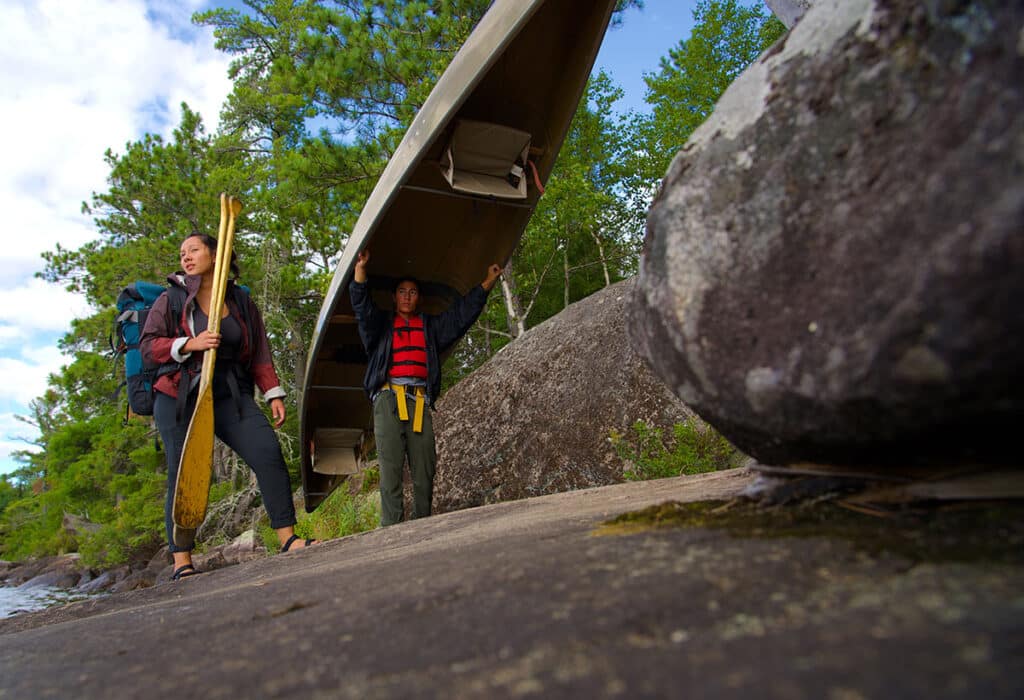
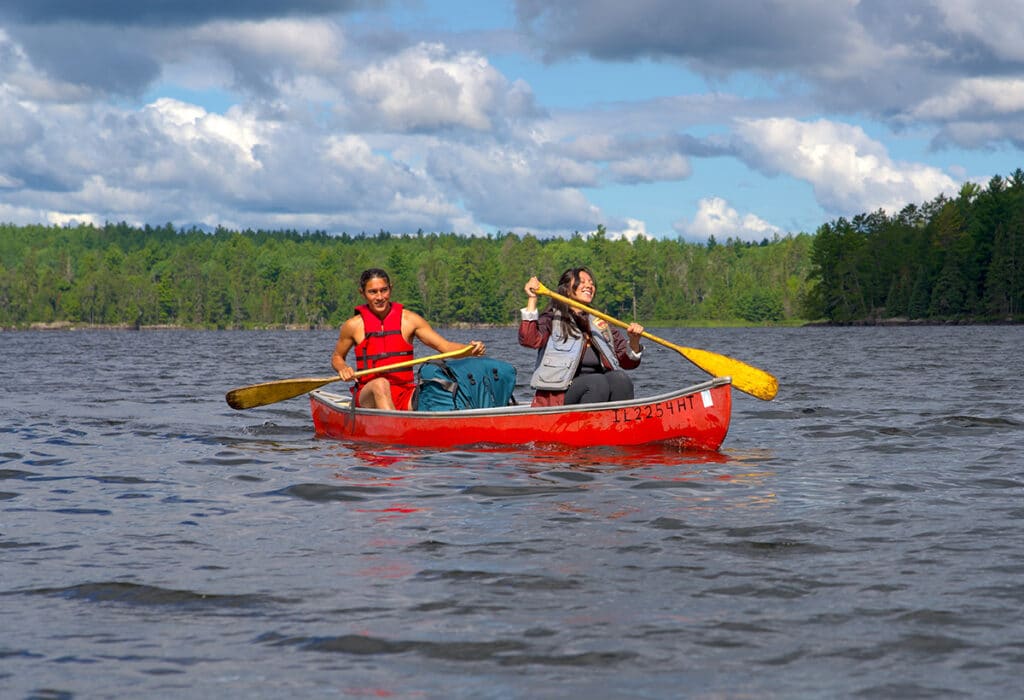
While we’ve worked to incorporate DEIJ principles and practices across everything the organization does, here are a few examples in action:
Our Wilderness Equity Initiative
- One outcome of our DEIJ commitment was the creation of our small grants program for trips and projects for people who are too often get disenfranchised within and excluded from efforts to protect the Boundary Waters. Over the last 4 years, we have supported 35 trips and projects with a total of $100,000 in grant funds.
Better approaches to hiring and board member recruitment
- We continually evaluate and update our hiring practices including salary transparency, broad listing of job positions, tools to reduce bias in evaluations, reform of our staff benefits for inclusivity, and more. We also now publicly highlight our interest form for board members and evaluate a much larger and diverse pool of potential candidates for our board each year. We track demographics of job applicants, board, and staff members.
Event planning changes
- We have taken extra care to organize events at accessible locations (i.e. changing an annual community event venue from an upstairs hall with no elevator to an ADA accessible space). We offer free and pay-what-you-can ticket options for most fundraising or ticketed events. We specifically invite and include more partners and allied organizations in our events. Thorough attention is paid to cultural and religious observance calendars when scheduling events to avoid times that could exclude people. We now budget more to pay guest speakers for their time/expertise/travel where in the past we would have more often looked for those able to do so on a volunteer basis.
Resources and further reading
- Organizations we appreciate and learn so much from include Green 2.0, Camber Outdoors, Outdoor CEO Diversity Pledge, Outside Safe Space, and The Outdoorist Oath
- Check out all our awesome Wilderness Equity Initiative partners
- Learn about the 1854 Treaty Authority and indigenous governance in our area
- Visit our HQ in Ely, Minnesota
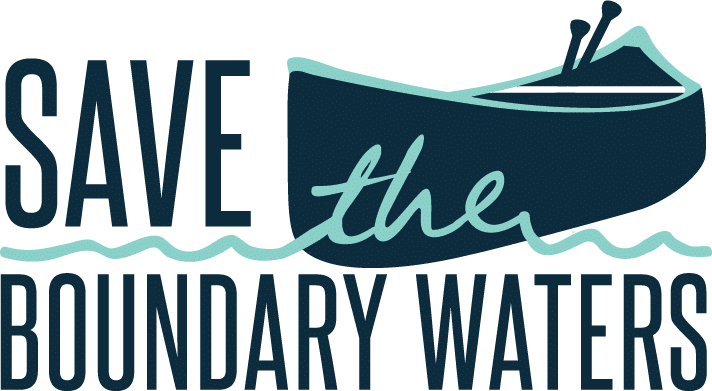
Visit savetheboundarywaters.org and follow on Instagram, Facebook, YouTube, and LinkedIn to learn more about Save the Boundary Waters’ work.
